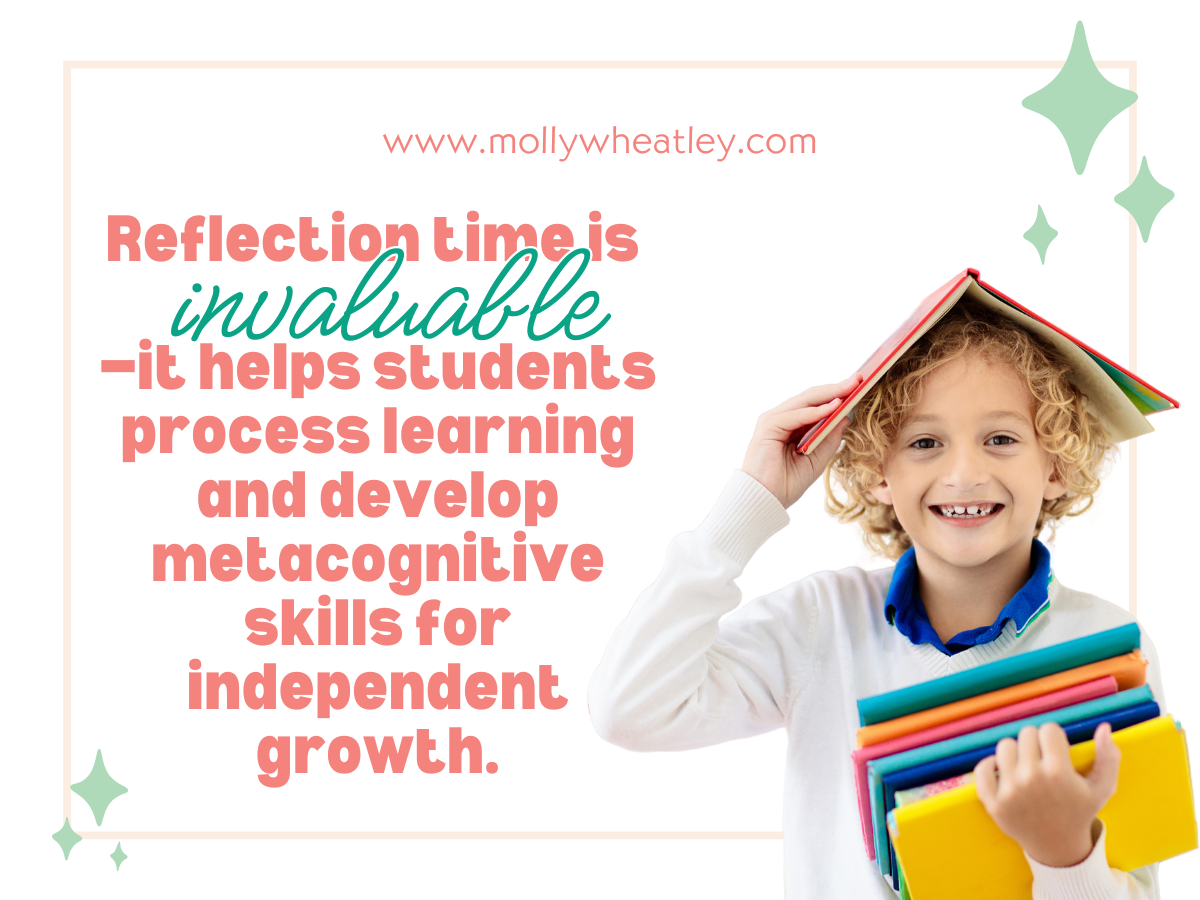How to Structure a 30-minute Tutoring Session
As an educator, you understand how critical time management is.
You fully understand the impact of losing even just 5 minutes of instructional time (it can make or break your lesson!)
When you have a 30-minute tutoring session, being calculated on how you use each minute is important to make an impact. You need to be aware and analytical of how you’re structuring tutoring sessions.
Being efficient in how you structure your time ensures that you’re maximizing students’ learning potential within a short time period, and selecting the best tutoring session format ensures that you’re doing what you set out to do…
Help students grow!
The Challenge of Structing A 30-Minute Tutoring Session
Time is of the essence in any tutoring session, but it’s especially important when planning a 30-minute tutoring session.
Without a solid structure, the session can easily get off track or fail to have enough time to cover essential material.
Lesson introduction.
Learning activities.
Assessments.
Lesson wrap-up.
And don’t forget time to build/foster relationships.
With all these lesson components to squeeze into such a short timeframe, it’s easy to get off track and not have enough time for the session’s intended learning. But with discipline and a solid plan, you can make sure you have enough time to nail each learning objective every tutoring session.
Having a well-structured session not only helps students stay focused but also ensures that they have enough time to practice the skills that they need most!
How to Structure a 30-Minute Tutoring Session
When you're in a tutoring session, time can fly by!
It can feel like the session is over just as you’re getting started, which is why creating a predictable, replicable routine is essential to make the most of every minute.
I get it - if you're used to planning 45 or even 70 minutes of instructional time, a 30-minute session might seem too short to cover everything you’d like. It can feel like it’s not enough time to make it worth your client’s investment.
But the truth is, when you break your session into manageable chunks, it’s absolutely possible to hit your learning objectives and build that all-important relationship with your student.
So, what does a 30-minute tutoring session actually look like? Don’t worry, teacher friend—I’ve got you covered!
Start with a Lesson Warm-Up Activity
My first piece of advice for structuring a 30-minute tutoring session is to always start with a warm-up activity.
This can be a quick 5-minute task that activates prior knowledge or simply gets the student’s brain ready for learning. Think of activities like a brief review of the last session's key concept or an engaging activity, like a word game or a quick math drill.
Not only does this warm-up get the student ready to learn, but it also sets the tone for the entire session. It ensures the student is engaged and focused, which is crucial for staying on track in a short, 30-minute session.
Focus on a Targeted Skill
After the lesson warm-up, it’s time to dive into the “meat and potatoes” of the session—the learning!
The bulk of your tutoring time - about 15 minutes in a 30-minute session - should be focused on teaching and practicing the targeted skill for that day.
This is where the art of teaching truly shines. Depending on the student's needs, you might use a mix of modeling, guided practice, and independent practice to teach the session's learning objective.
This is your opportunity to tailor instruction specifically to the student's areas for growth.
End with a Reflection or Closing Activity
When you're feeling strapped for time, this is often the first thing to go—but it's so important.
Leaving time at the end of a session allows you to reinforce key concepts discussed, giving your student one last opportunity to engage with the material. It also gives you valuable insight into whether they truly grasped the lesson's objective or if something needs to be revisited in the next session.
And really, if you’ve been following the time structure outlined earlier in this blog, you’ll have around 10 minutes dedicated to wrap-up and review.
This could involve a quick recap of what was covered, a check for understanding, or discussing next steps.
Setting aside time for reflection is invaluable because it helps students process what they've learned and fosters the metacognitive skills they need for independent learning.
Take Action - Plan your Next Tutoring Session with a Purpose
I get it…a 30-minute tutoring session can fly by in the blink of an eye.
But with a well-structured plan, it can be incredibly impactful.
By following a solid framework with a clearly defined purpose, you can ensure that each session hits the learning objective, helping your student make meaningful progress toward success.
And in just a few 30-minute sessions, you can even boost your tutoring income—whether you're saving for that dream trip or just looking for a little extra spending cash.
Curious how you can make an extra $1,000 a month with just a handful of clients? Check out my Tutoring Income Calculator to see your earning potential!



